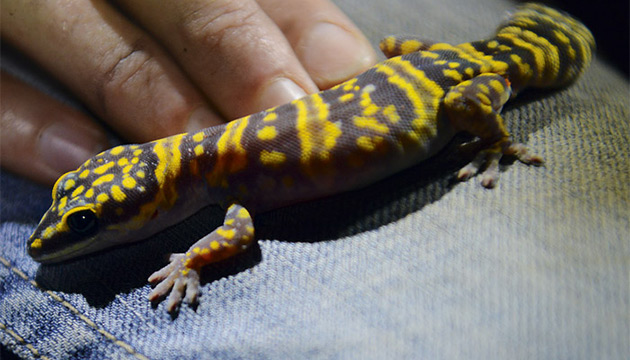Scouring some of the hardest to reach parts of the country, Bush Blitz has discovered 900 unrecorded animal and plant species over the past few years.
Story By Ken Eastwood
Face down in the dirt, Dr Robert Raven seems like some sort of bizarre outback chef. “Cheese knife,” he calls, and he’s handed the knife from an eclectic collection of kitchen utensils, such as pasta spoons, graters and an ice-cream scoop. Slicing and scooping, digging and moulding, he follows a spider hole into the ground until he can coax the large chocolate-coloured, hairy arachnid out and onto his hand. “This is a new species, and probably a new genus,” Robert says, as the tarantula excitedly roams over his skin. “Related species will cause 6–8 hours of vomiting in an adult man. They’ll kill a dog or a cat in about 30 minutes.”
For two weeks, Robert – from the Queensland Museum – and a collection of other scientists from other institutions, as well as some BHP Billiton employees, have been exploring, poring over and documenting everything they find in Judbarra/Gregory National Park, a 13,000-square-kilometre Northern Territory wilderness near the border of Western Australia. They’ve discovered new populations of rare and endangered species, and documented what may be new subspecies, but it’s the spiders, particularly, that have the camp abuzz. Robert and his co-worker Sophie Harrison, of Adelaide University, have found a total of seven new spider species, including a new trapdoor spider and this genus of tarantula.
“This little patch here probably has the second highest density of tarantulas I’ve ever seen, and I don’t really know why,” Robert says. “What we’d really like to understand from a conservation-management point of view is what’s bringing them here.”
This Story is from Issue #103
Outback Magazine: Oct/Nov 2015










